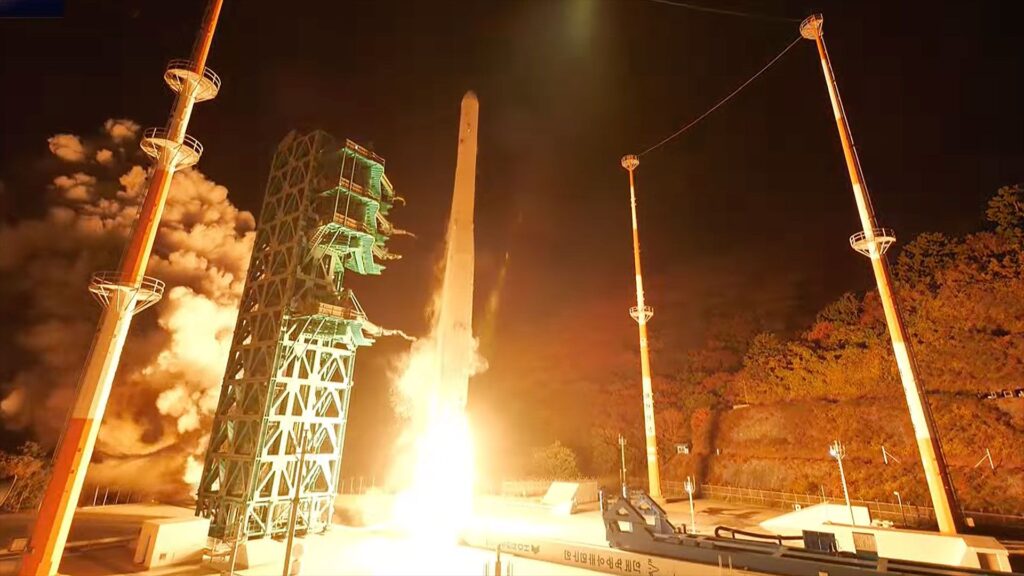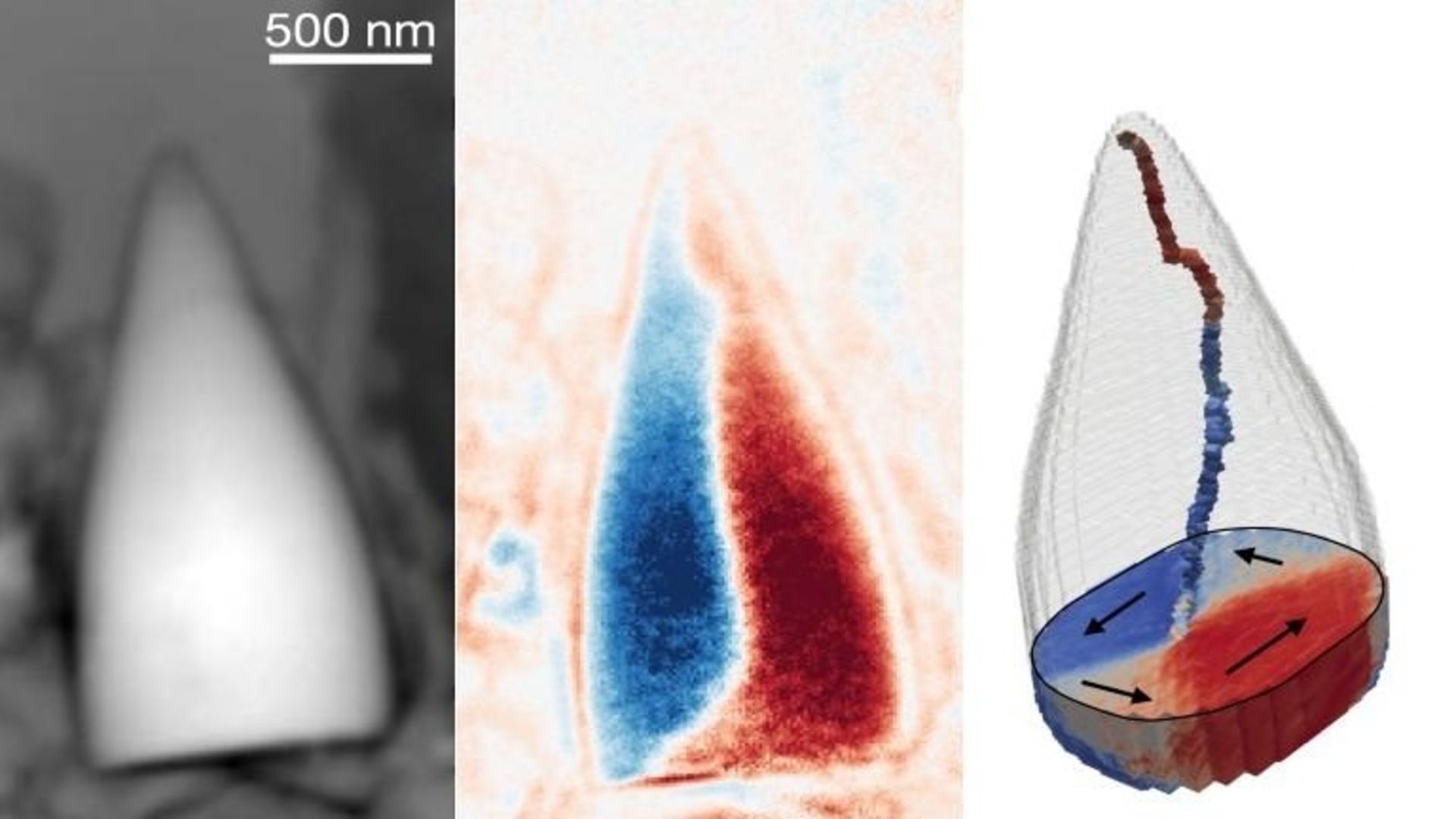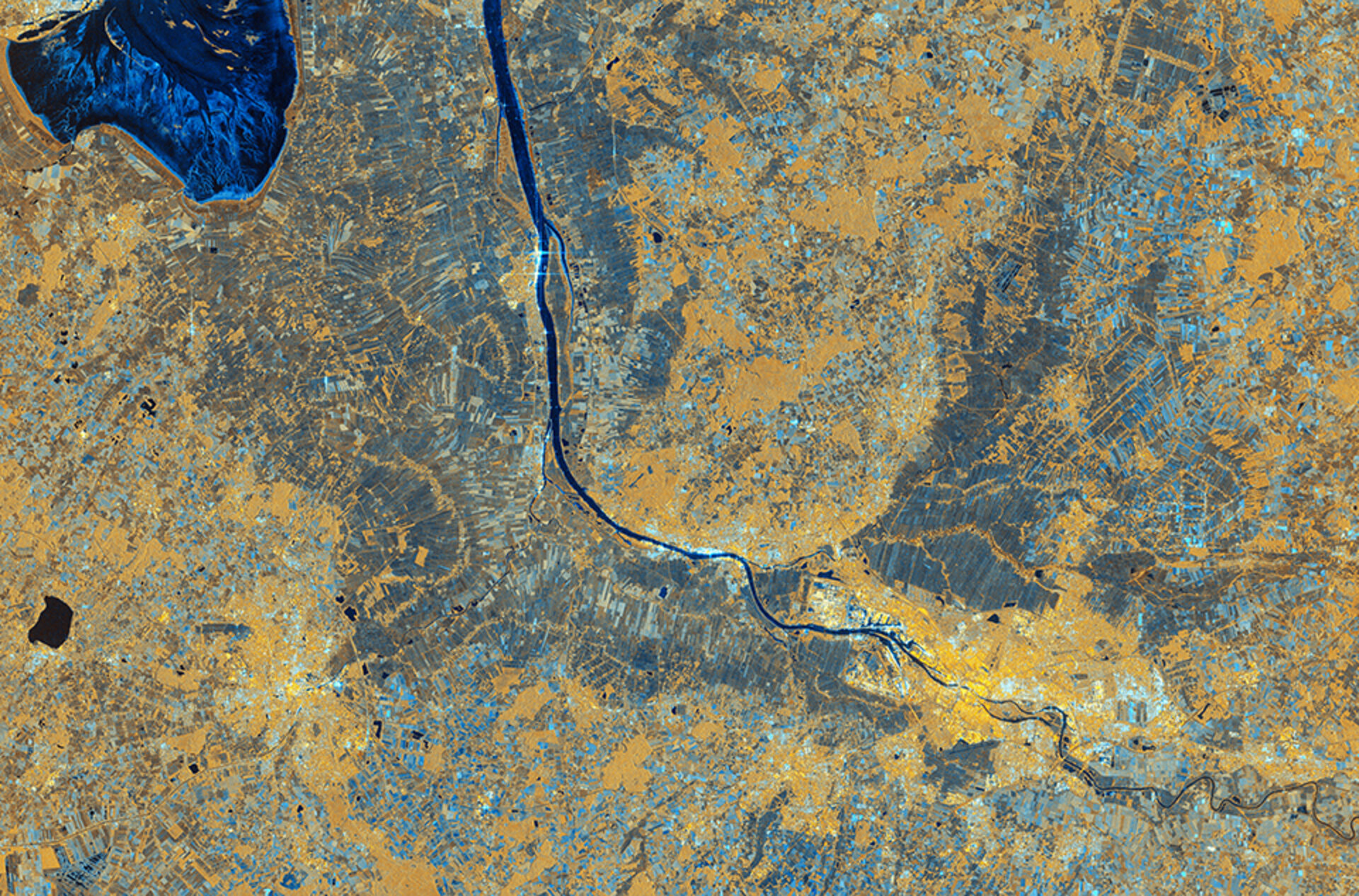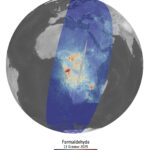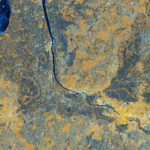Now Reading: Mysterious lava puddles in Earth’s mantle may hold clues about the origin of life: ‘These are not random oddities’
-
01
Mysterious lava puddles in Earth’s mantle may hold clues about the origin of life: ‘These are not random oddities’
Mysterious lava puddles in Earth’s mantle may hold clues about the origin of life: ‘These are not random oddities’

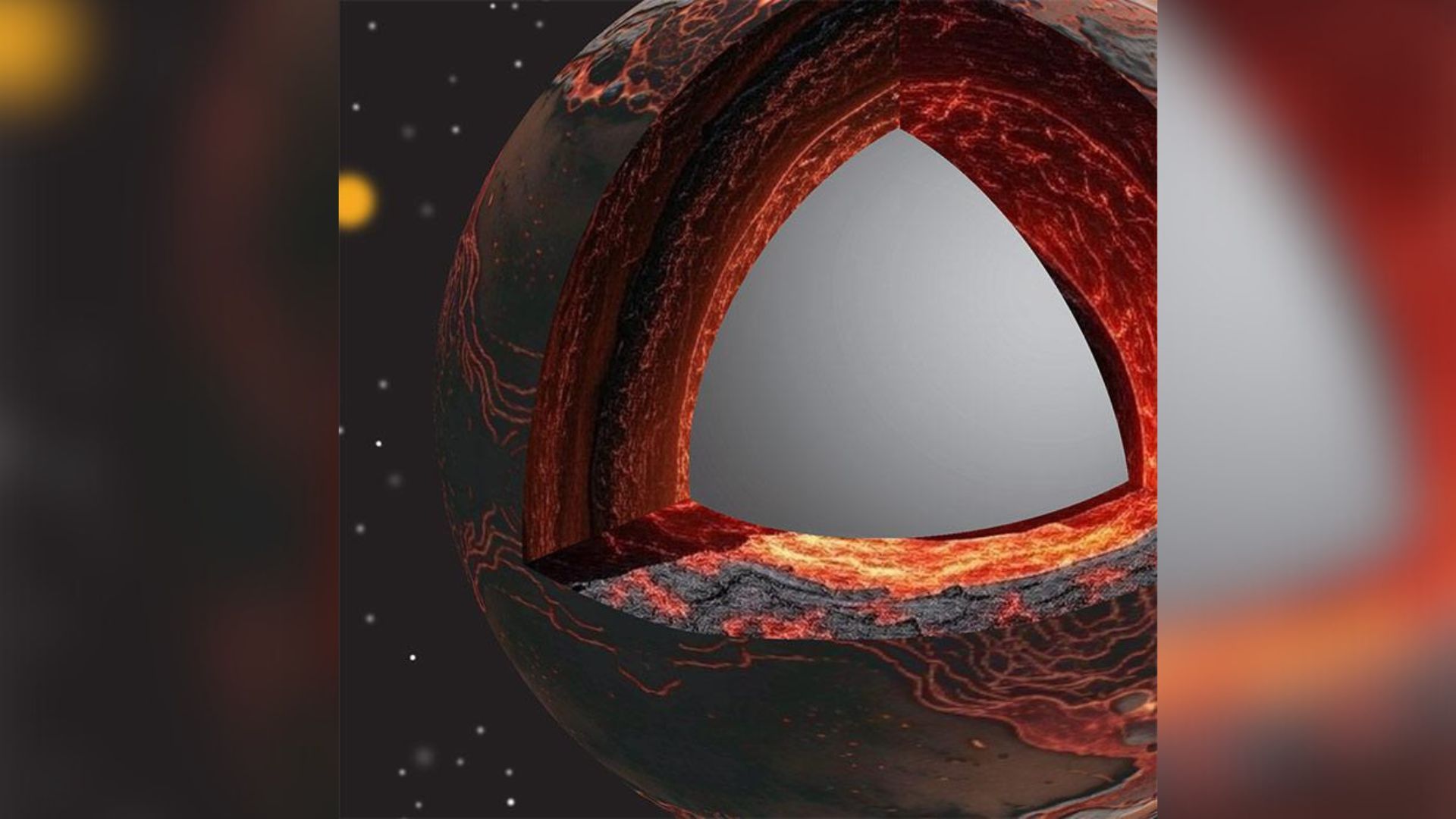
Two mysterious blobs deep inside Earth may hold clues about the origin of life on our planet, new research finds.
Deep beneath Earth’s crust, in the mantle, lie two continent-sized blobs. These gigantic “lava puddles” cling to the planet’s core, some 1,800 miles (2,900 kilometers) beneath the surface — and according to current theories of planetary evolution, they shouldn’t be there.
Humans cannot travel to the center of the planet to get a good look at this pair of unusual mantle structures, which are located beneath the Pacific Ocean and the African continent. However, scientists can “see” them by measuring seismic waves that travel through our planet. As these waves traverse the mysterious structures, known as large low-shear-velocity provinces and ultra-low-velocity zones, they slow down dramatically, indicating that the structures have some sort of unusual composition compared with the mantle around them.
“These are not random oddities,” Yoshinori Miyazaki, a geodynamicist at Rutgers University who led the work, said in a statement. “They are fingerprints of Earth’s earliest history. If we can understand why they exist, we can understand how our planet formed and why it became habitable.”
In its early life, billions of years ago, Earth was a magma ocean. When that ocean cooled, models suggest, the mantle should have formed distinct layers — not the massive amorphous structures we see today. Miyazaki and his colleagues suggest the answer might lie in Earth’s core. If silicon and magnesium leaked from the core into the mantle, that would have created a chemical mixture that cooled unevenly. Thus, the anomalous structures could be early remnants of this “basal magma ocean,” providing insight into ancient Earth.
Such core-mantle interactions might have affected the evolution of the planet — including its cooling, volcanic activity and the development of Earth’s atmosphere — and thus might explain why the planet can support life, the scientists explained in their research
“This work is a great example of how combining planetary science, geodynamics and mineral physics can help us solve some of Earth’s oldest mysteries,” study co-author Jie Deng, an assistant professor of geosciences at Princeton University, said in the statement. “The idea that the deep mantle could still carry the chemical memory of early core-mantle interactions opens up new ways to understand Earth’s unique evolution.”
A paper on the research was published on September 12 in Nature Geoscience.
Join our Space Forums to keep talking space on the latest missions, night sky and more! And if you have a news tip, correction or comment, let us know at: community@space.com.
Stay Informed With the Latest & Most Important News
Previous Post
Next Post
-
 012024 in Review: Highlights from NASA in Silicon Valley
012024 in Review: Highlights from NASA in Silicon Valley -
 02Panasonic Leica Summilux DG 15mm f/1.7 ASPH review
02Panasonic Leica Summilux DG 15mm f/1.7 ASPH review -
 03How New NASA, India Earth Satellite NISAR Will See Earth
03How New NASA, India Earth Satellite NISAR Will See Earth -
 04And Thus Begins A New Year For Life On Earth
04And Thus Begins A New Year For Life On Earth -
 05Astronomy Activation Ambassadors: A New Era
05Astronomy Activation Ambassadors: A New Era -
06SpaceX launch surge helps set new global launch record in 2024
-
 07Space Force plans new ‘Futures Command’ amid pressure to speed up modernization
07Space Force plans new ‘Futures Command’ amid pressure to speed up modernization












